Leading the way around french wine regions
Calvet never stops sharing its passion
That of introducing the world to France’s rich terroirs by awakening the senses and taste buds, a genuine invitation to travel through its history.
Grape varieties
Four long-established grape varieties are the stars of this wine region. The white wines include Chardonnay, the parent of Meursault and Chablis, and Aligoté, which is now highly successful.
And the red wines include Pinot Noir, which delivers everything from the most fruity to the most noble wines, and Gamay, an expressive artisan, that develops the fruitiness of Beaujolais wines.
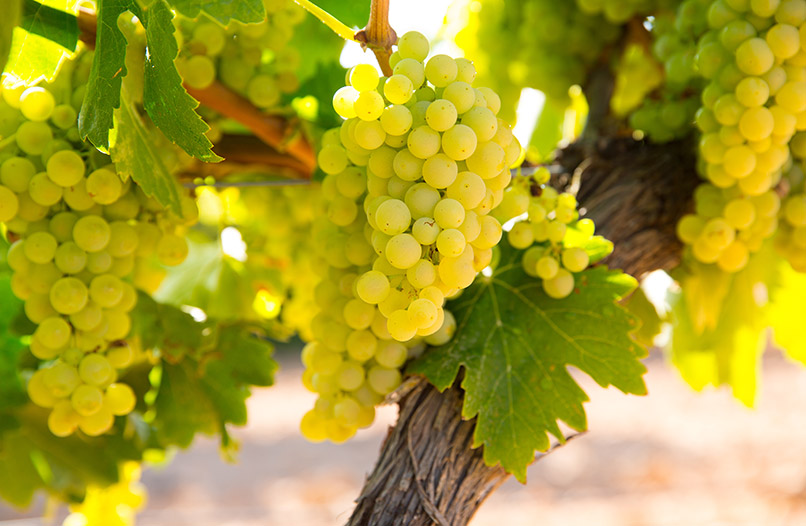
A “Kimmeridgian” limestone terroir, typical of the Chablis region, on a bedrock dating back to the Jurassic period, over 150,000 million years ago. The soil contains the fossils of sea creatures in a whitish cement (the ocean floor).
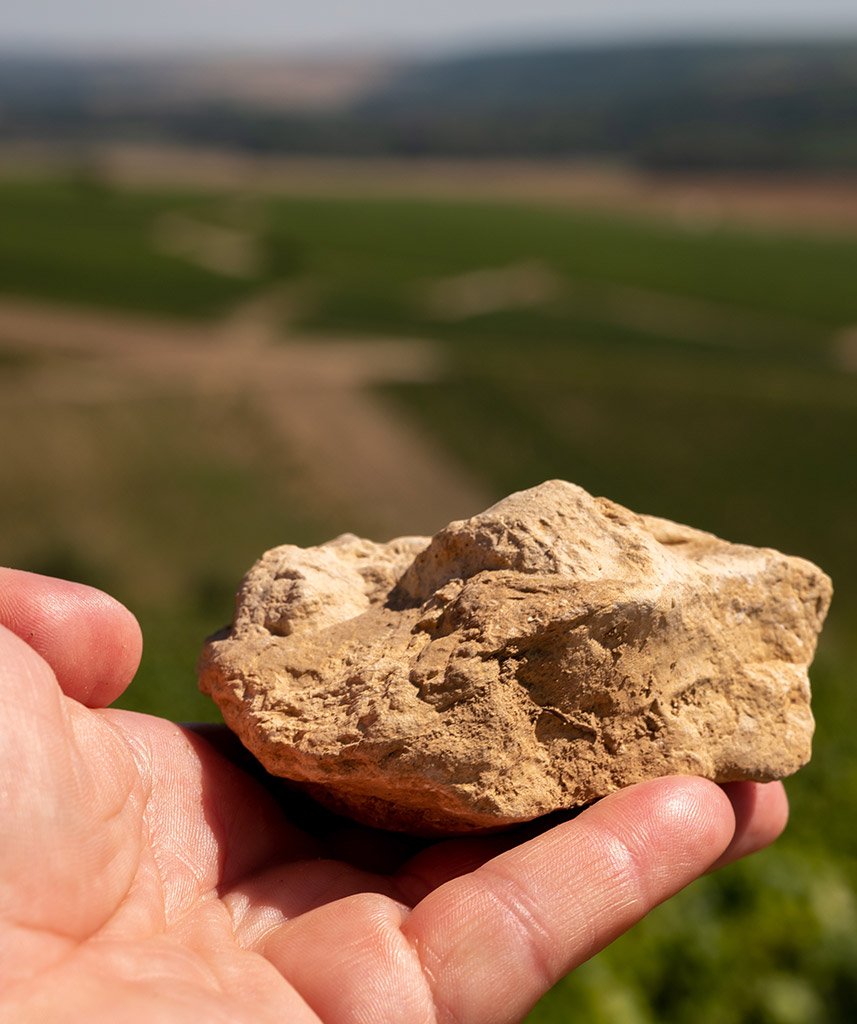
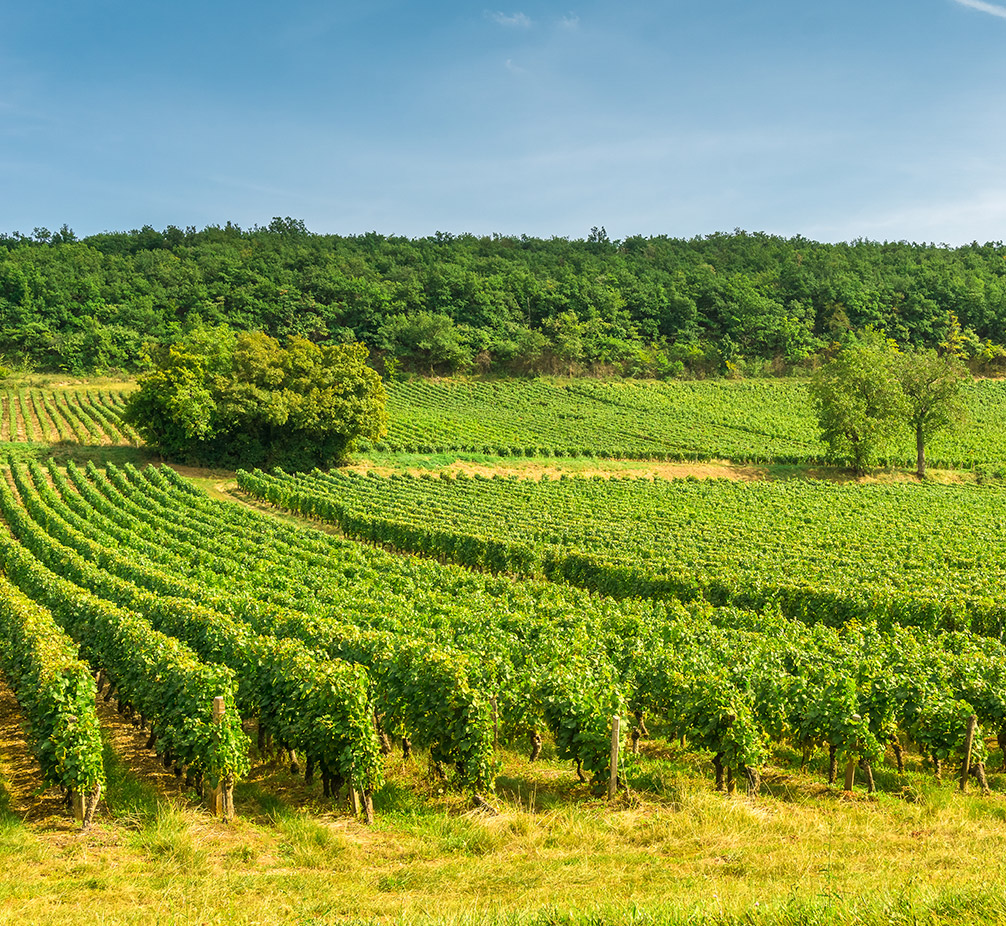
Climates
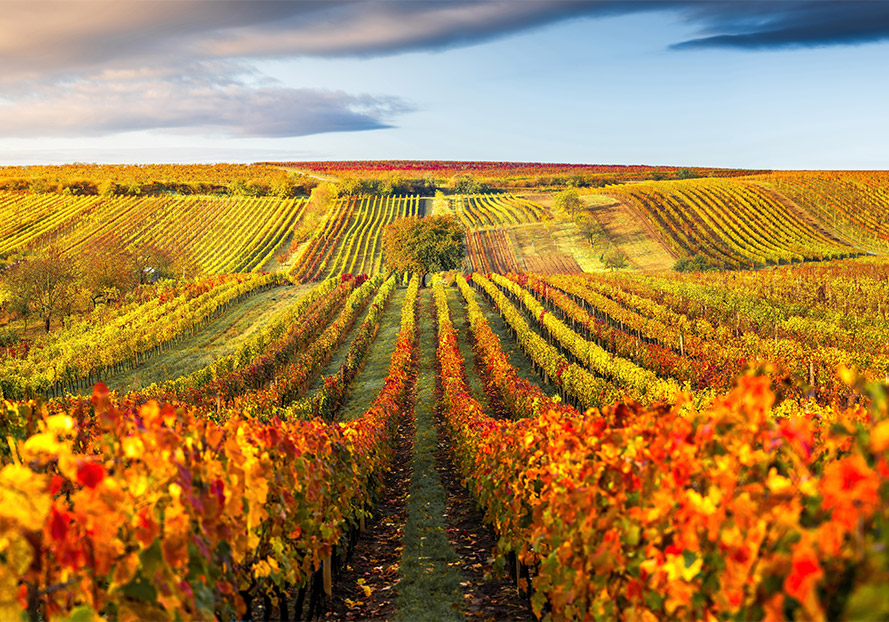
A micro-climate with a continental influence (hot summers, dry autumns and long, harsh winters).
Grape varieties
The right bank is the kingdom of Merlot, evoking powerful, well-rounded Pomerols and Saint-Emilions. The left bank is predominantly planted with Cabernet Sauvignon, suggestive of magnificent Médocs, the region of Graves with its illustrious whites made from Sauvignon and Sauternais, home to the remarkable, deep Sémillon.
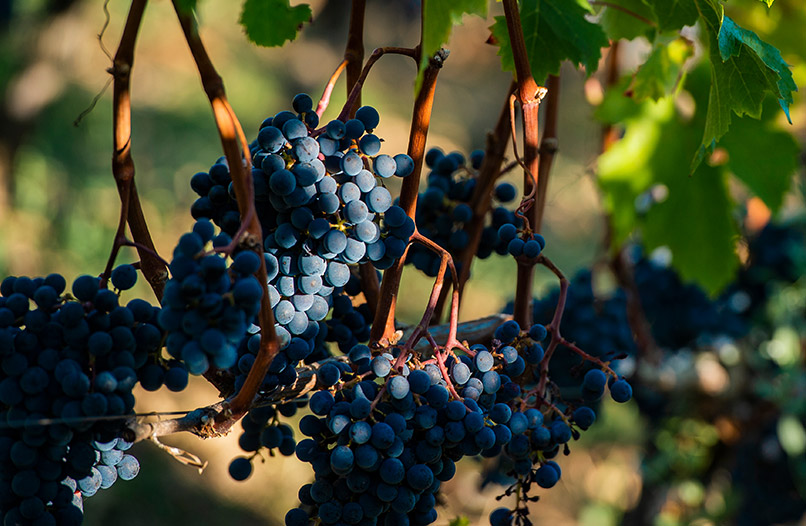
Situated at the confluence of two rivers (the Isle and the Dordogne), the soils of the region are mainly limestone and clay-limestone.
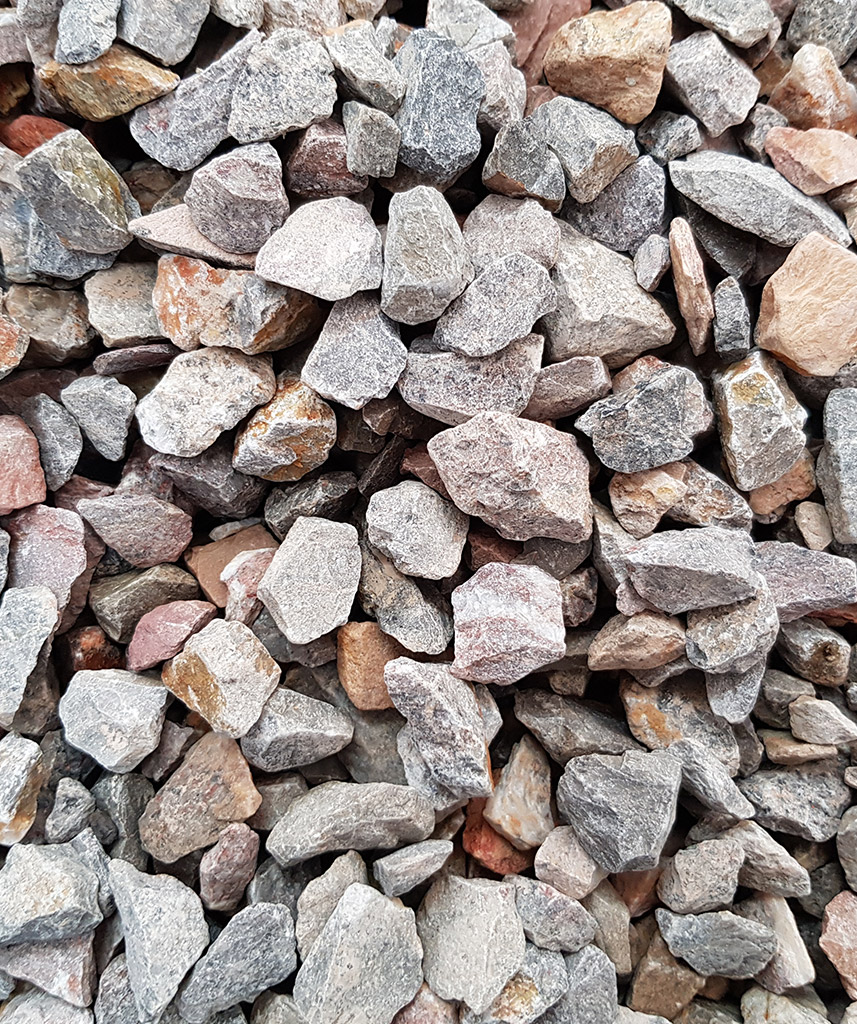
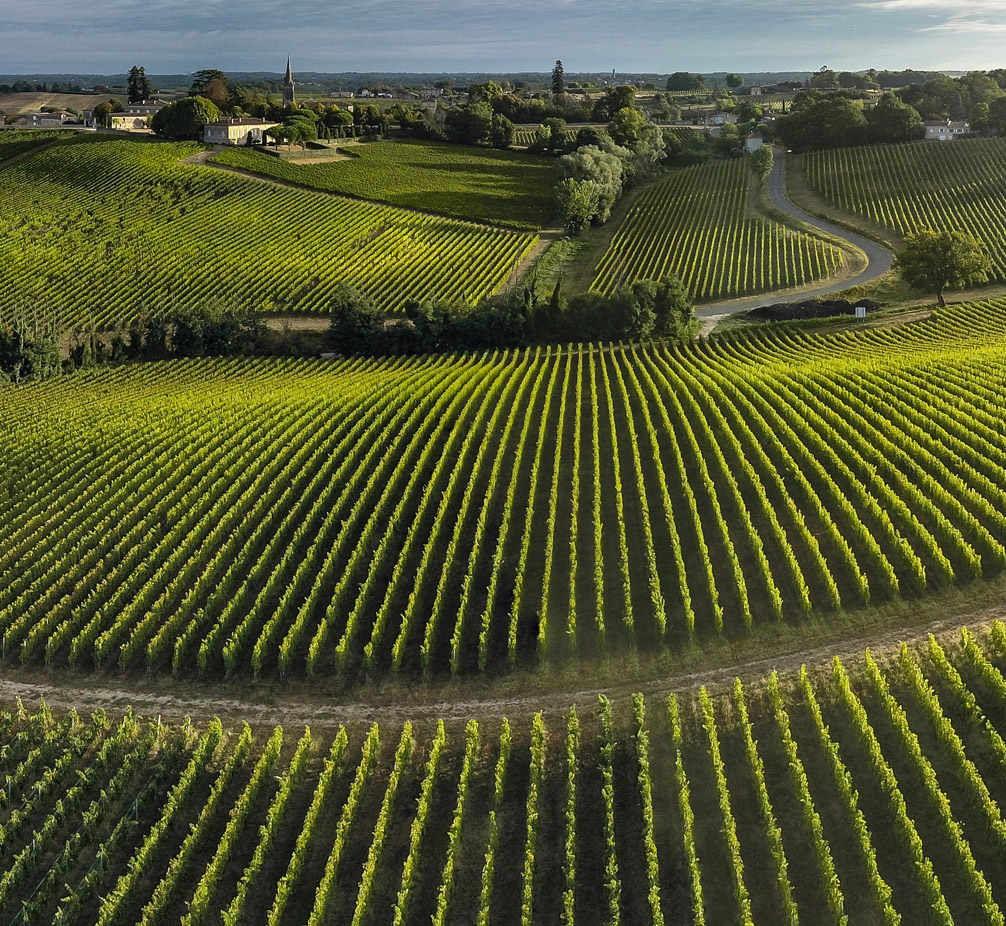
Climates
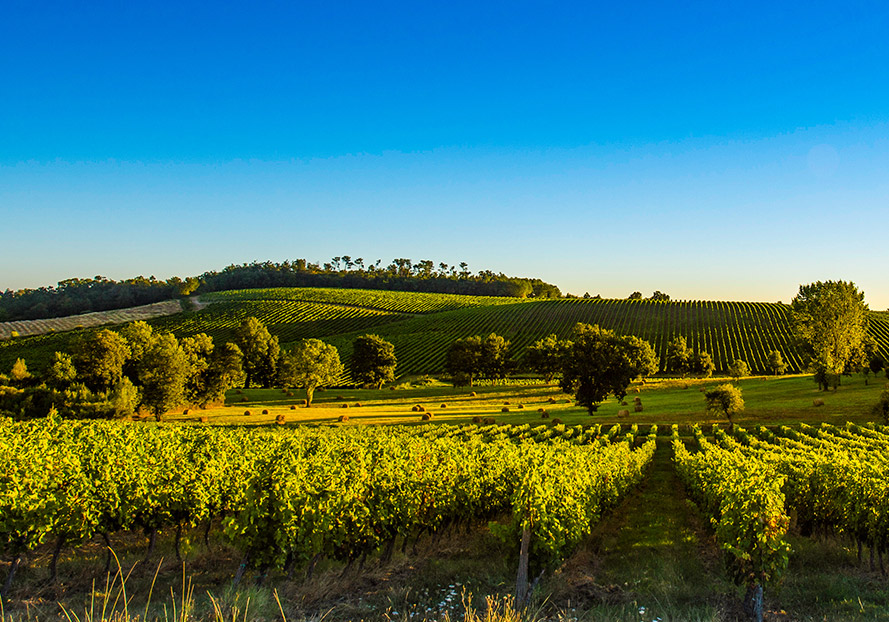
The diversity of the region’s soils and exposure to the sun, combined with a climate that is well-suited to wine-growing, gives the wines their richness and complexity.
Grape varieties
Wines from the Loire are characterised above all by sensations of freshness and lightness.
Made from Sauvignon grapes, the white wines from Haut-Poitou express elegance and considerable aromatic power.
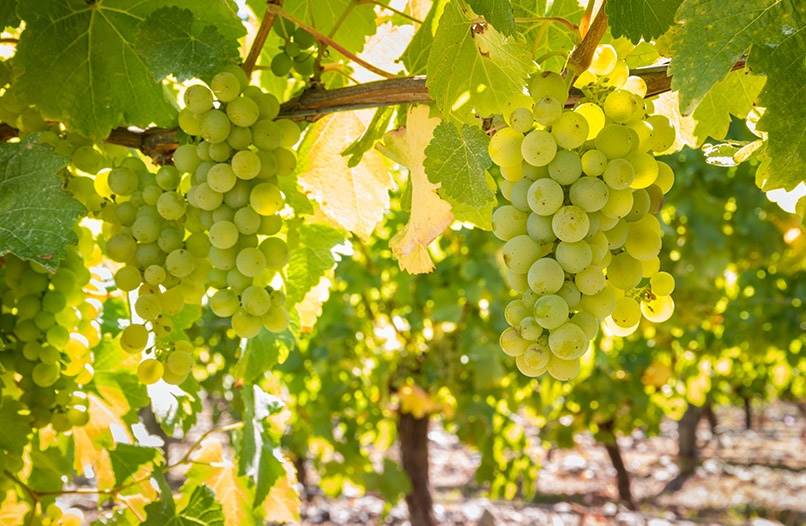
This region’s wine-making landscape is quite unique. The vines are grouped into “fiefs de vignes” [fiefdoms] or “îlots” [islands], planted over the slopes and plateaux with the best sun exposure.
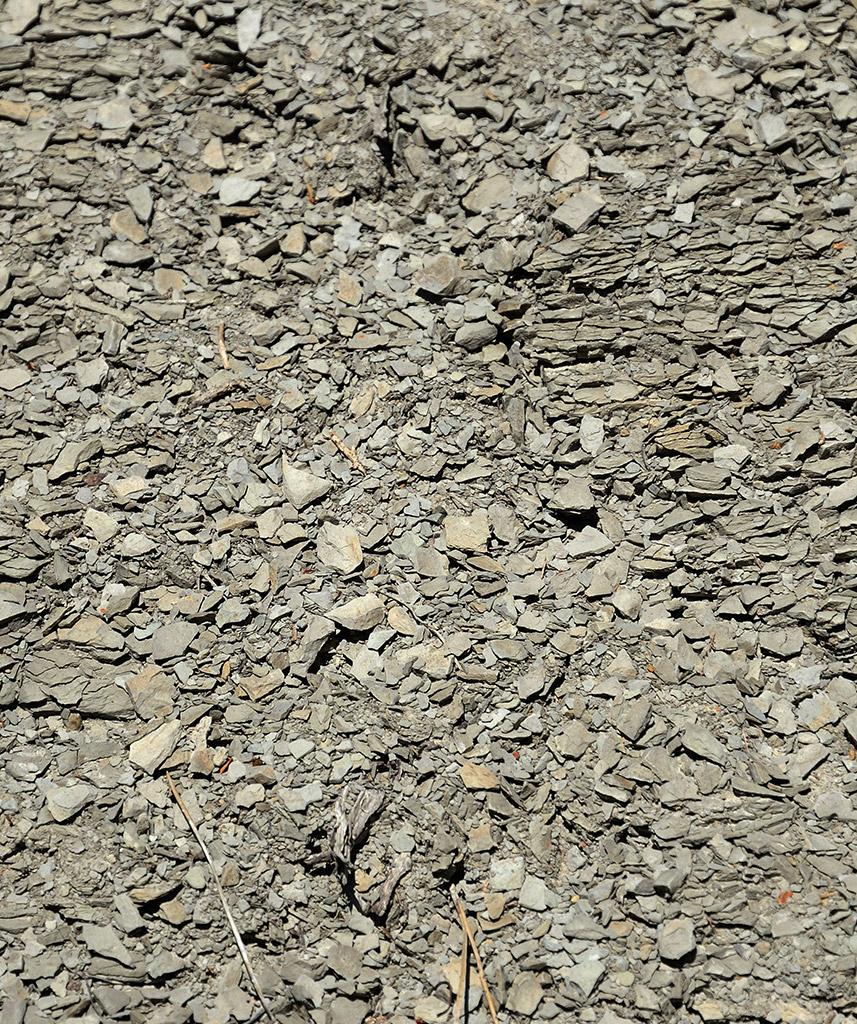
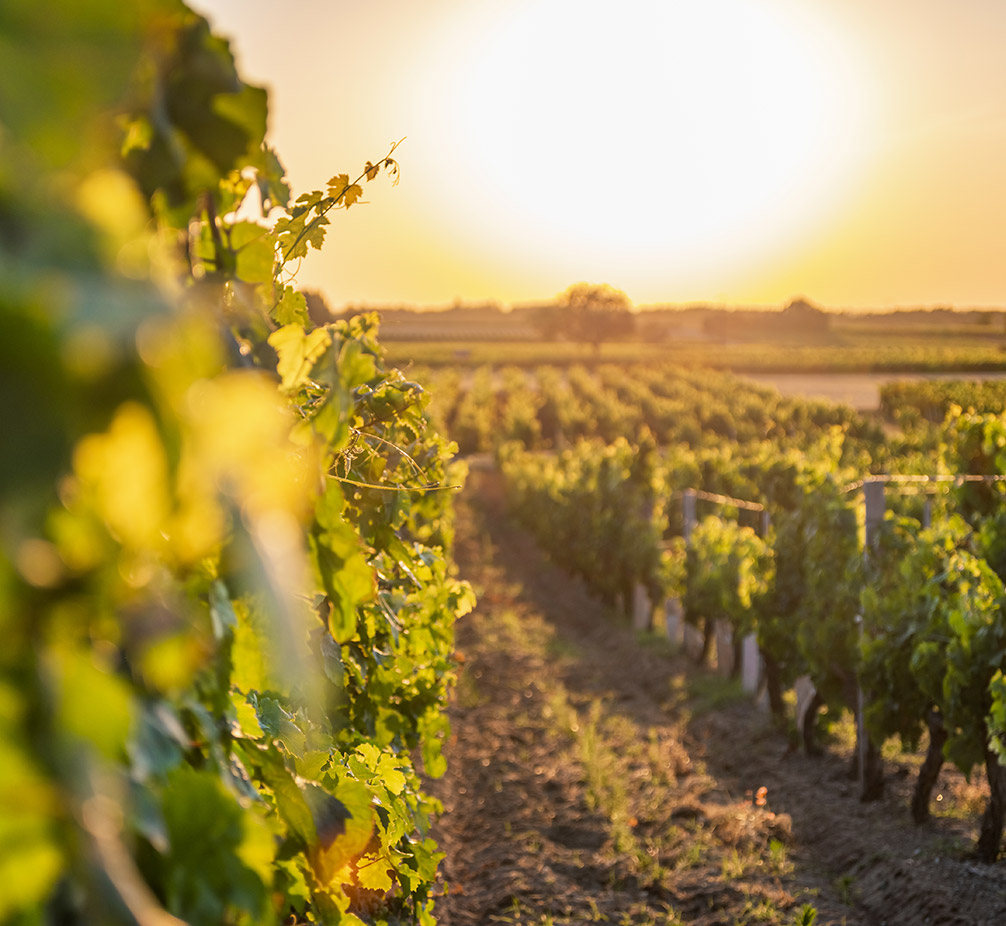
Climates
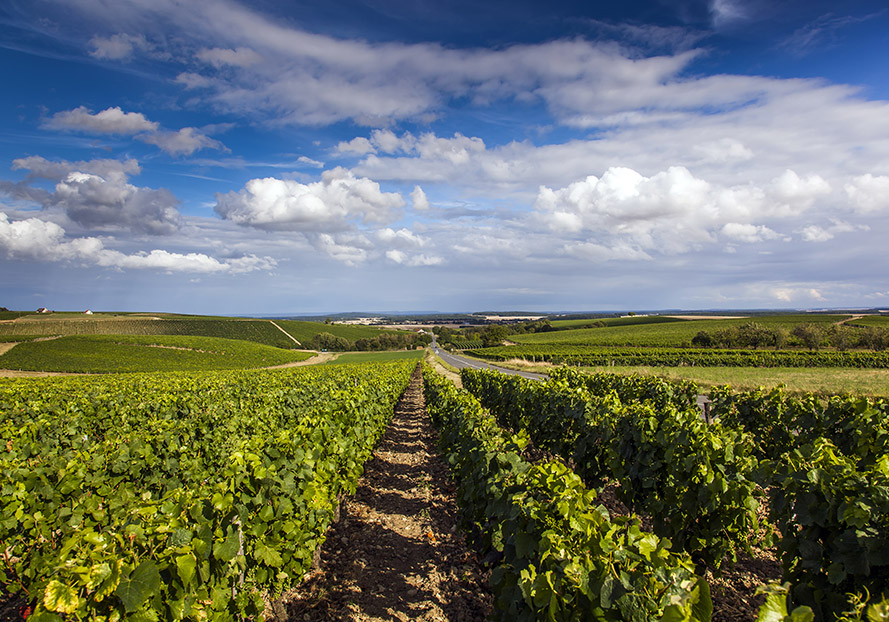
Situated in the most southerly part of the Loire Valley, Haut-Poitou has a climate all of its own. It is temperate, with a great deal of sunshine and relatively low rainfall, which is very well-suited to wine-growing.
Grape varieties
Grenache reigns supreme in the Rhône, producing sunny red wines, blended with Syrah, Mourvèdre, Cinsault or Carignan. The white wines are generous and expressive, made from white Grenache, Clairette, Bourboulenc, Roussanne, Marsanne and Viognier.
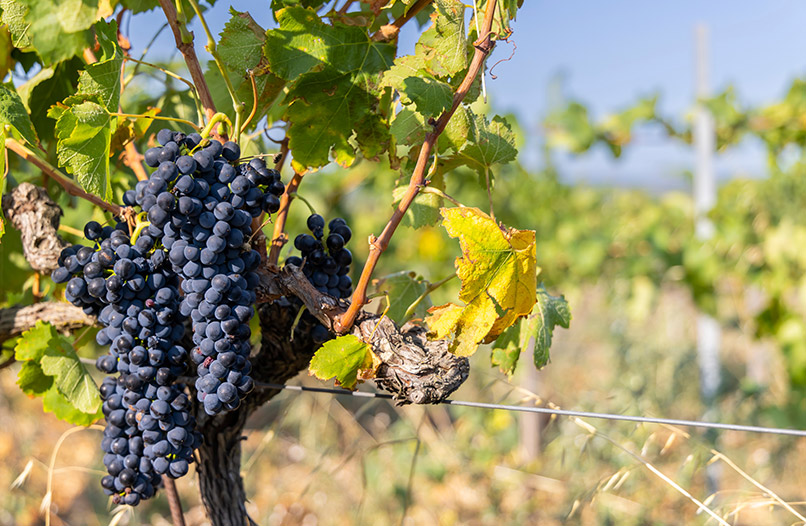
The soils are formed from four types of rock: granite, sandy silica, limestone and clay.
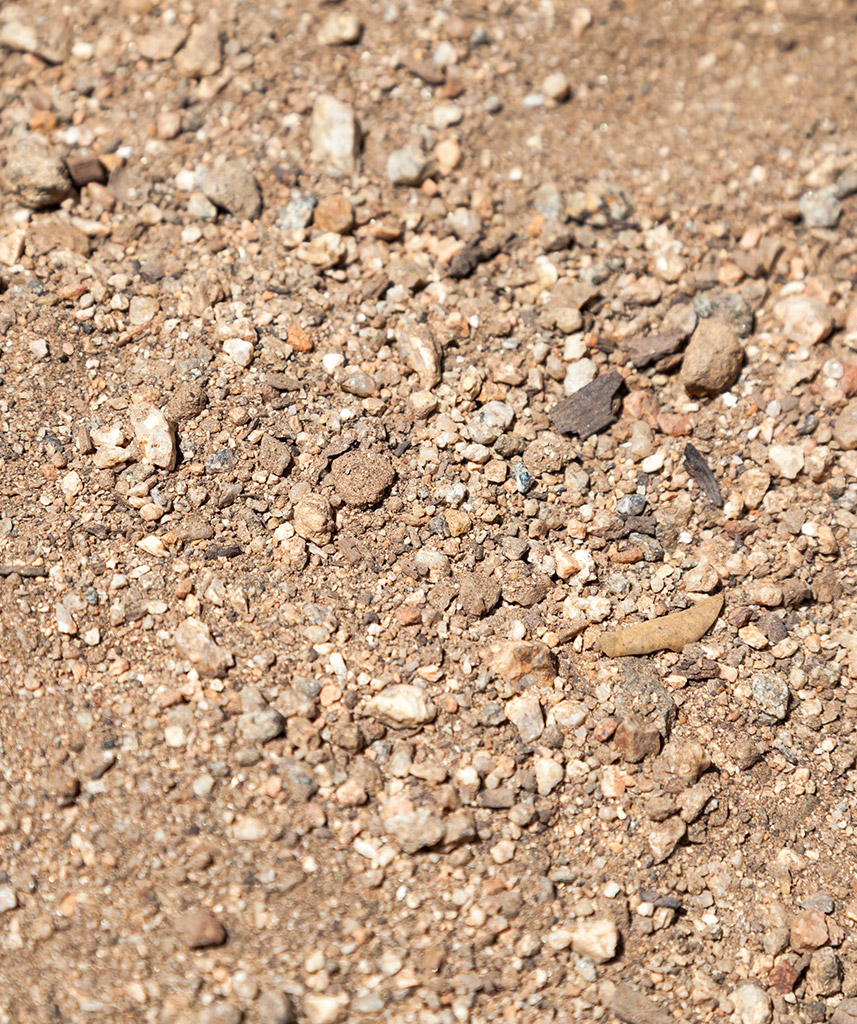
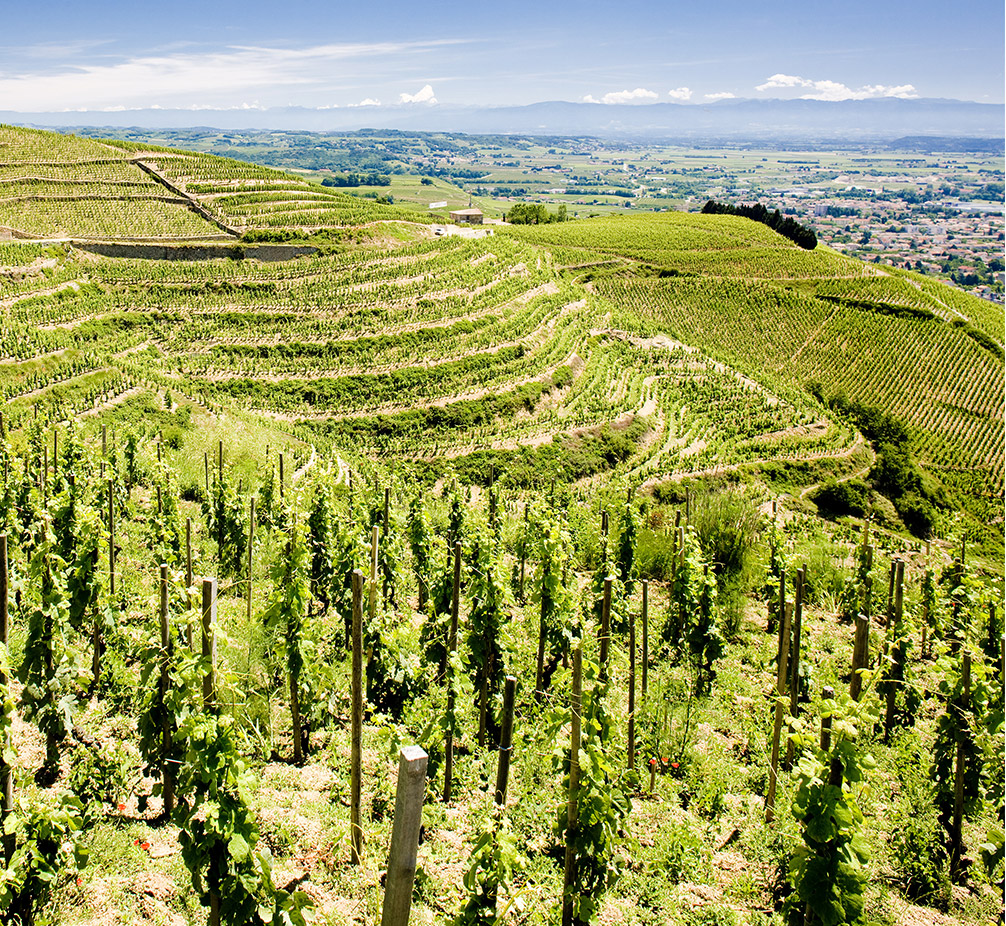
Climates
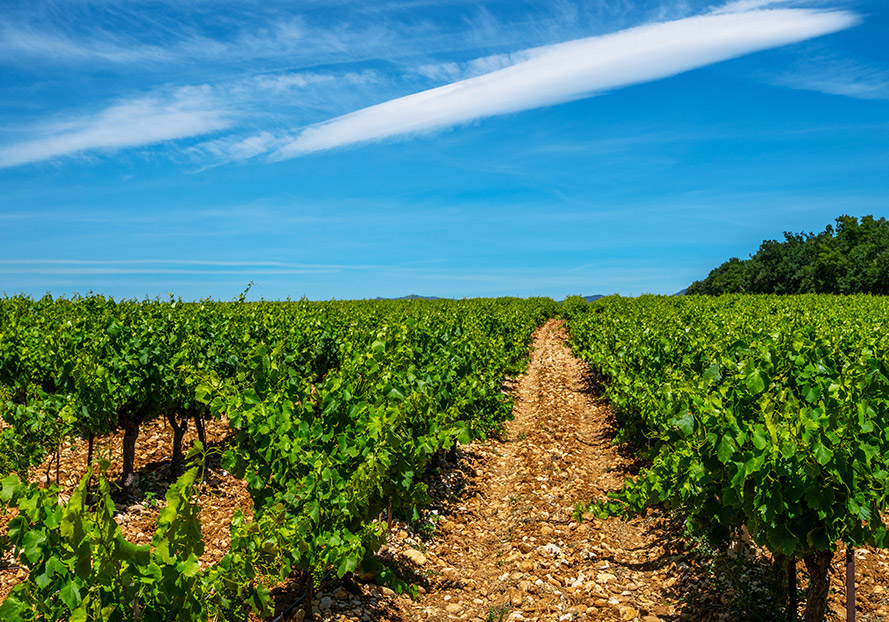
300 million years ago, volcanic activity in the Massif Central produced granite rock in the north.
In the south, successive deposits from rivers and seas laid down a predominantly limestone bedrock.
Grape varieties
The reds are characteristically generous, sometimes voluptuous, wines from Grenache, Carignan, Mourvèdre or Syrah varieties. They warmly express numerous aromatic notes as a result of the science of blending.
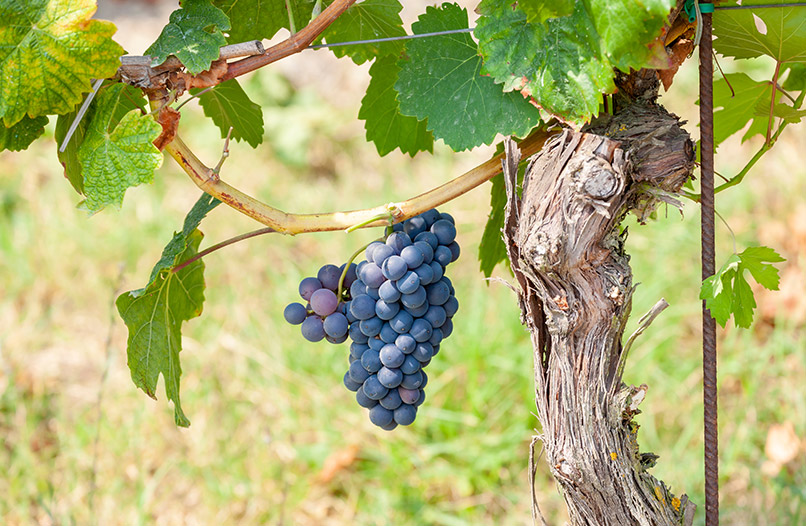
This unique terroir contains a huge diversity of soils (limestone, marl and schist), giving the wines hugely diverse aromas. The region’s altitude and Mediterranean climate mean that there is little variation in temperatures throughout the year, as well as ideal exposure to the sun.
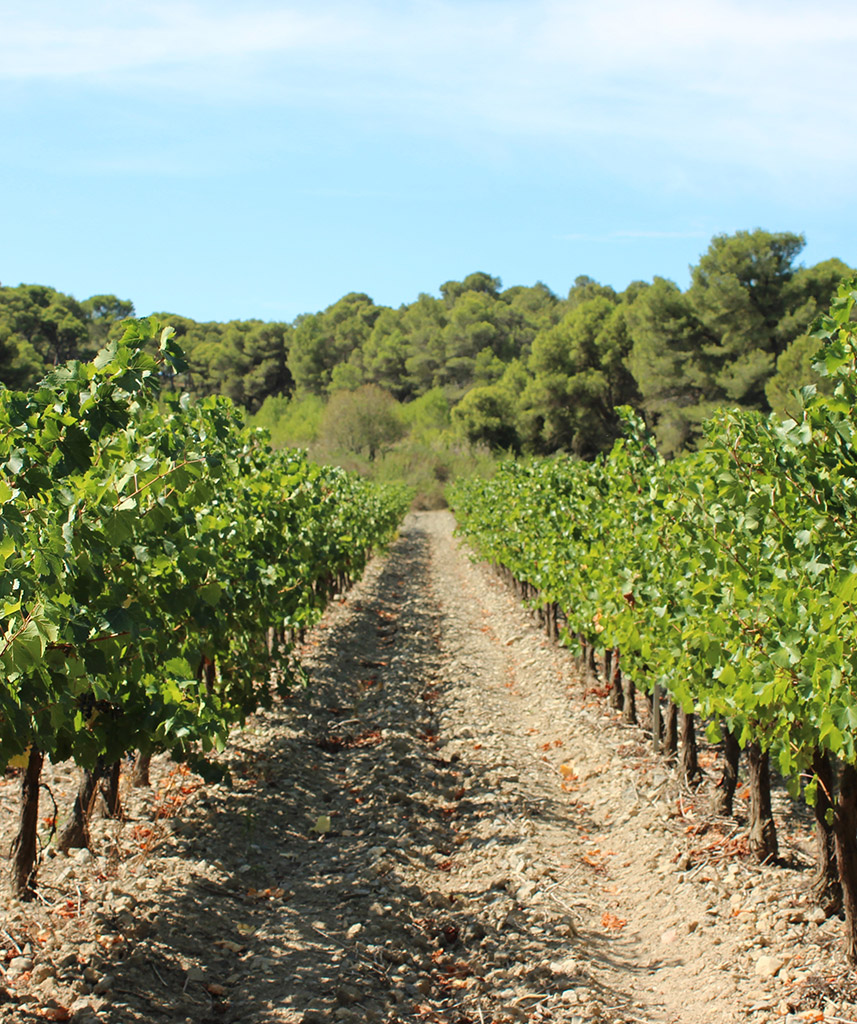
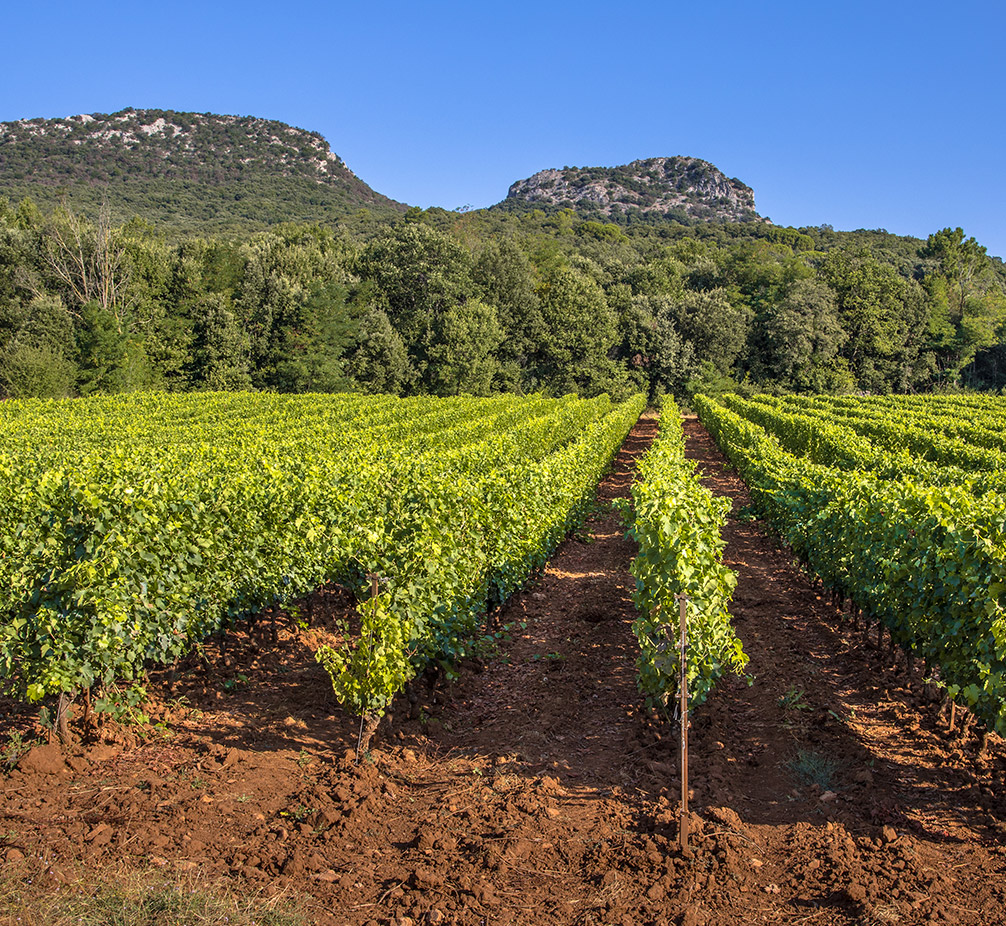
Climates
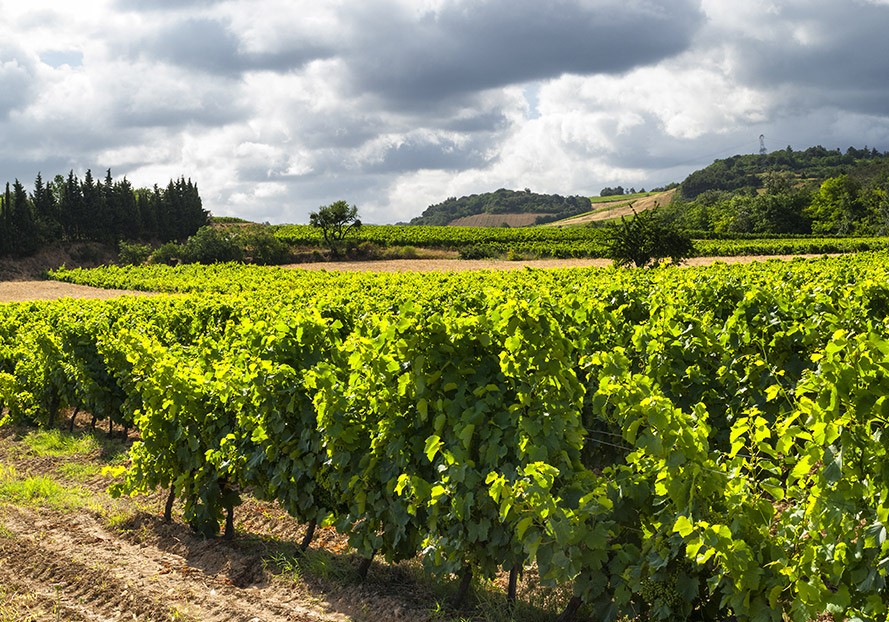
Languedoc-Roussillon wines are full of sunshine, which is reflected in their opulence and richness resulting from the exceptional exposure to the sun that the grapes enjoy all year round.
Grape varieties
Provence mainly produces rosé wines (90%) that are extremely rich, combining the freshness of the sea and the Alpine foothills with the fruits of the sun.
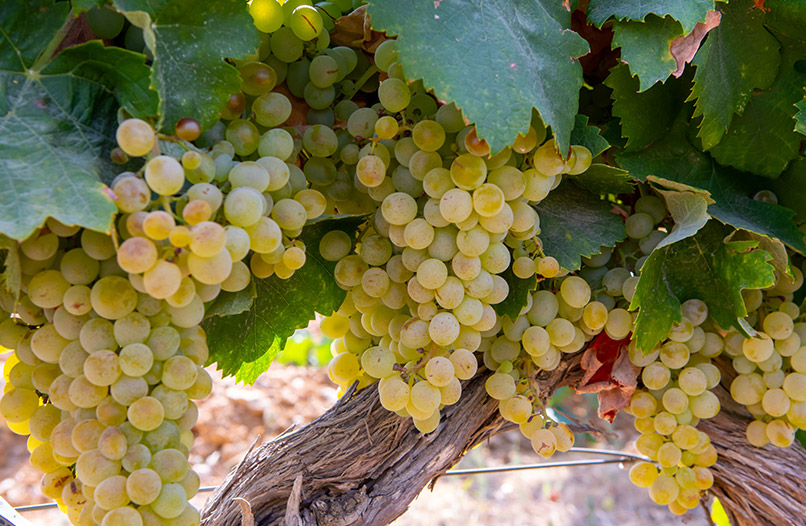
The terroir is as beautiful on the surface as it is among the roots of the vines. Indeed, the subsoil is geologically complex and particularly well-suited to wine-growing.
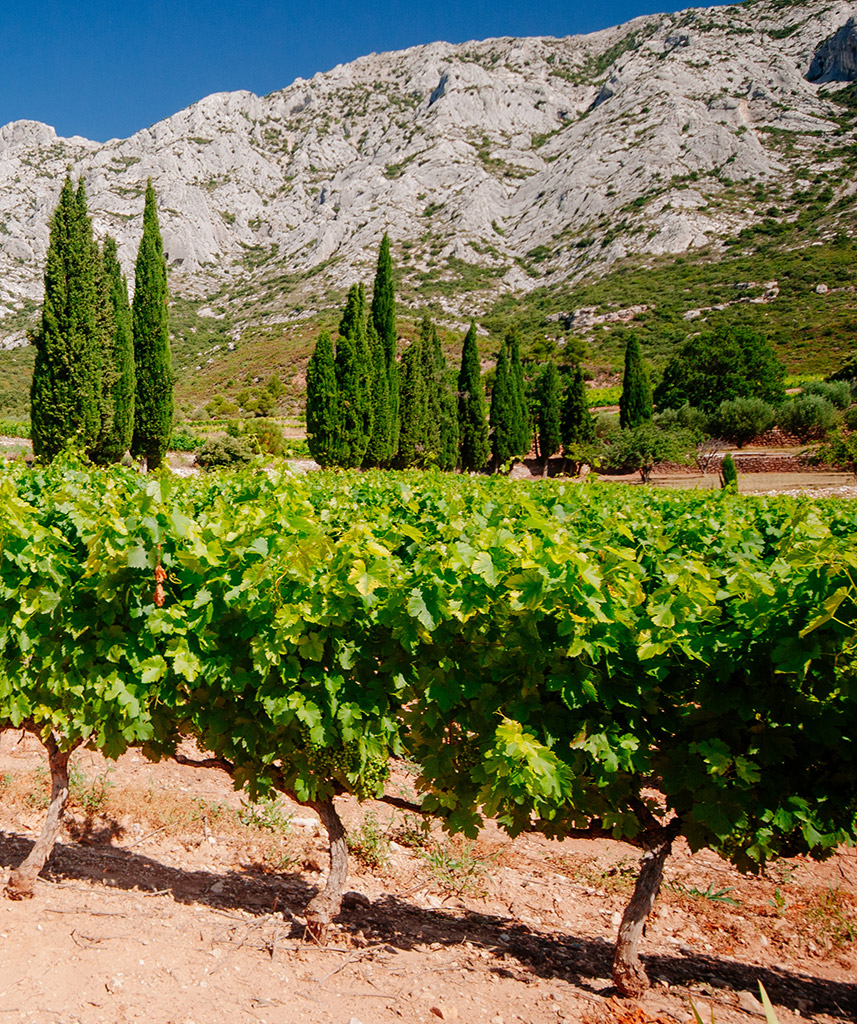
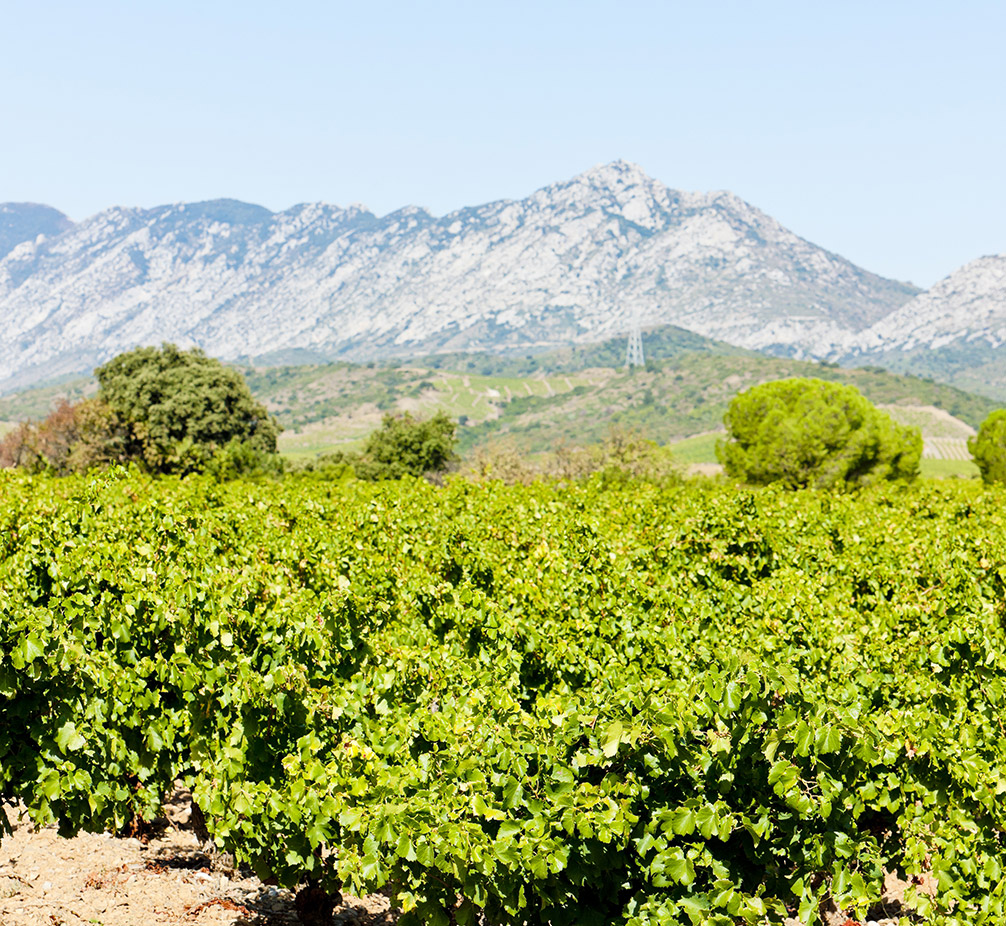
Climates
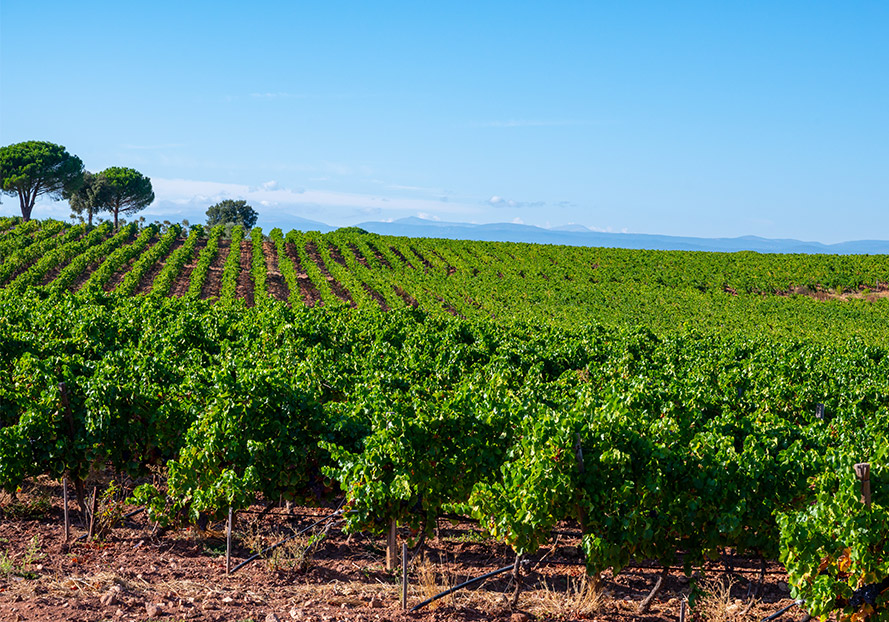
The Mediterranean climate is ideal: sunny, dry and hot. The vines bask in around 2,800 hours of sunshine a year. The various winds that blow across this region are an integral part of its climate. The most well-known of them is the Mistral.
Grape varieties
The seven main grape varieties authorised in AOP Alsace are Sylvaner, Pinot Blanc, Pinot Noir, Gewürztraminer, Riesling, Muscat and Pinot Gris.
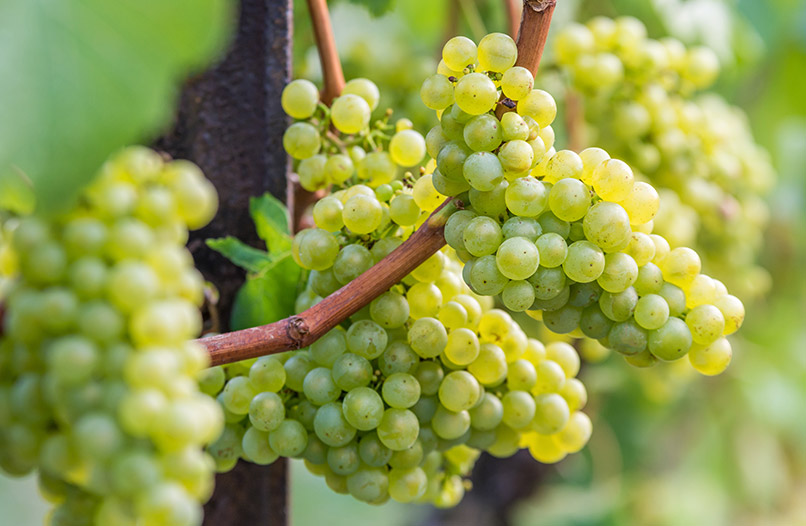
Geologically, the terroirs are extremely diverse offering a spectrum of incomparable wines.
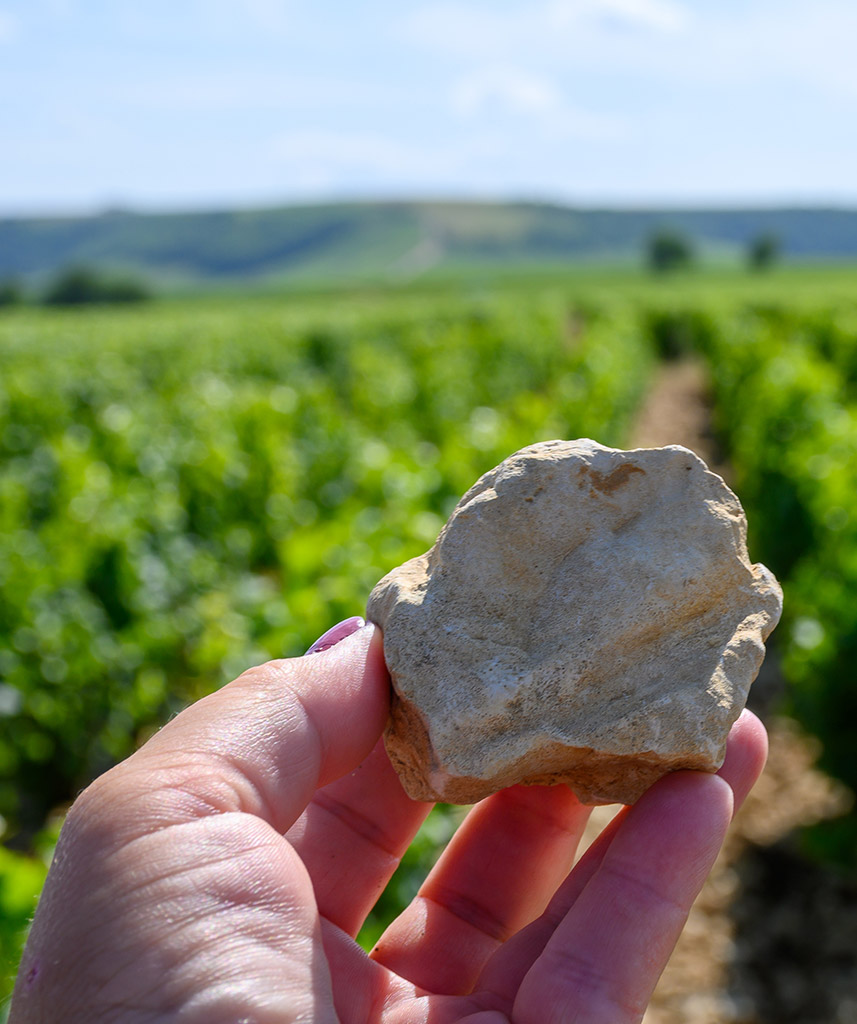
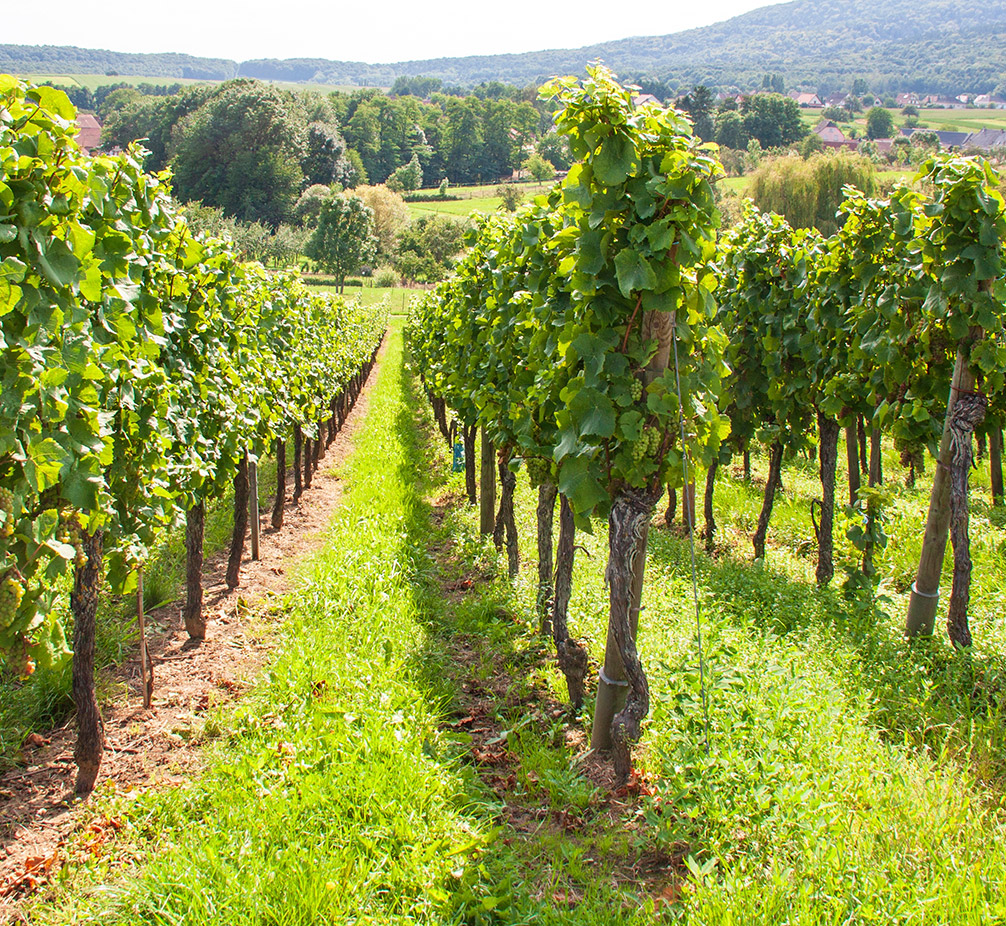
Climates
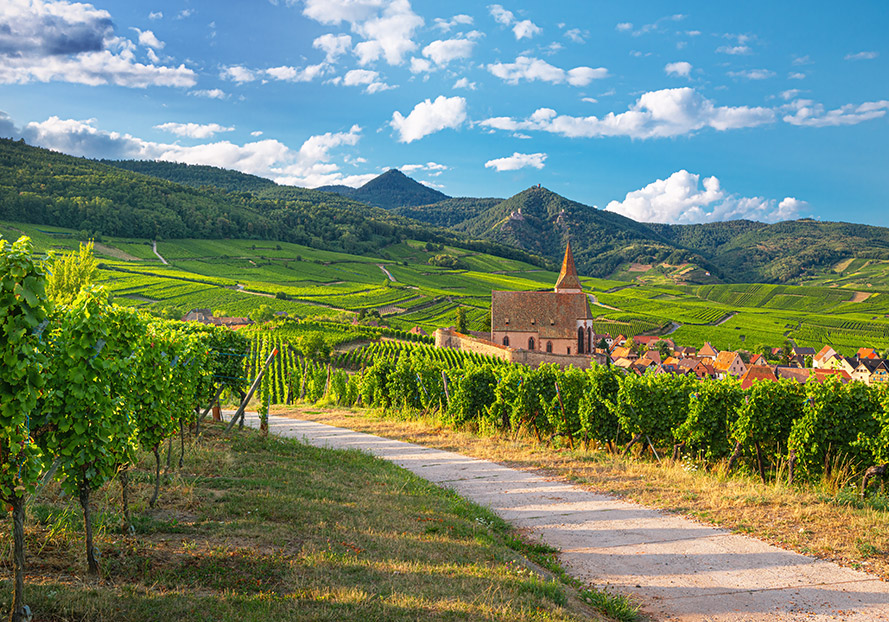
Sheltered from the influence of the sea by the Vosges mountains, the region enjoys a fairly dry micro-climate, which heightens the effects of continental sunshine in summer and autumn.